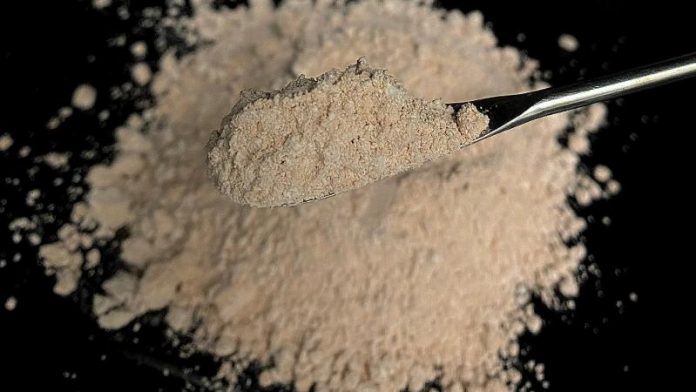
A team of researchers from the Queensland University of Technology (QUT) led by QUT Professor Ziqi Sun and Dr Hong Peng from the School of Chemical Engineering at the University of Queensland have developed a way to use mining waste as part of a potential cheaper catalyst for hydrogen fuel production.
Water splitting reactions that produce hydrogen are triggered using rare platinum, iridium and ruthenium, or cheaper but less active metals—cobalt, nickel and iron.
The researchers created a new catalyst using only a small amount of these reactive metals by combining them with feldspars, aluminosilicate rock minerals found in mining waste that some mining companies would pay about $30/tonne to dispose of.
Professor Sun, who works at the QUT School of Chemistry and Physics and the QUT Centre for Materials Science, said the research team was able to trigger a water splitting reaction using heated-activated feldspars nanocoated with only 1-2% of the cheaper reactive metals.
“Water splitting involves two chemical reactions—one with the hydrogen atom and one with the oxygen atom—to cause them to separate,” Professor Sun said.
“This new nanocoated material triggered the oxygen evolution reaction, which controls the overall efficiency of the whole water splitting process.”
He said the new catalyst could not only outperform raw metals or even match the superior efficiency of platinum metals, but could also potentially lower the cost of lithium-ion (Li-Ion) batteries and other sustainable energy solutions that relied on electrochemical conversions.
“Companies like Tesla could potentially use this technology for energy production, advanced energy storage solutions like new battery technologies, and renewable fuel,” Professor Sun said, adding that the research team was now looking to test the catalysts at pilot scale.
“Australia’s abundance of aluminosilicate and the simplicity of this modification process should make industrial scale production of this new catalyst easy to achieve,” Professor Sun concluded.
Dr Peng, who is an expert in utilising clay minerals and mine tailings for functional materials through low-cost mineral processing technology, said the mining industry produced tonnes of waste material each year that Australia could be using for sustainable technologies.
“Aluminosilicate is commonly found in various mining tailings and is so cheap that mining companies would normally pay to dispose of it,” Dr Peng said.



















